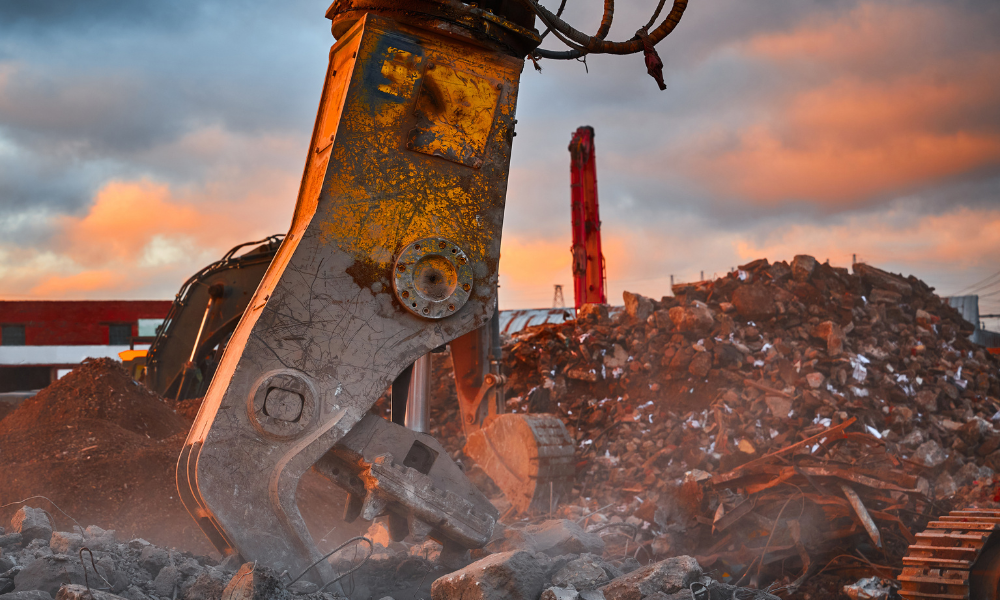83 percent of respondents say safety protocols are about box-ticking

The release of Vector Solutions' State of Industrial Worker Safety and Well-Being Report has cast a stark light on the pervasive gaps in workplace safety across the industrial sector, with nearly half of the survey respondents saying their employers can do more to enhance safety.
Despite safety being a paramount concern for workers, the findings indicate that many employers fall short in addressing critical safety needs, risking both employee well-being and organizational success.
“The findings revealed that employers have a lot of room for growth when it comes to prioritizing the safety of their workers, especially with regards to providing staff with accessible and comprehensive safety training,” says Clare Epstein, general manager of commercial at Vector Solutions.
Shortcomings in safety practices
The report surveyed over 600 full-time industrial professionals across the United States in April 2024. 46 percent of respondents believe their employers could do more to reduce safety incidents. This sentiment is further compounded by the fact that 83% of workers feel their company’s safety protocols are more about compliance checkboxes than genuine commitments to their well-being.
This perception is not just a minor inconvenience; it significantly impacts worker retention and satisfaction. The data shows that 57% of workers cite safety issues as a reason more seasoned employees leave, exacerbating the skills gap within the industry.
“There are definitely areas for almost all companies to improve,” says Epstein. This need for improvement is echoed by the 58% of workers who believe additional training would enhance workplace safety, yet half of the respondents find their current training lacking in engagement.
Addressing disparities for non-native English speakers
The report also uncovers significant disparities faced by non-native English speakers in industrial settings. These workers are 27% more likely to feel pressured to prioritize productivity over safety and 127% more likely to feel uncomfortable reporting workplace hazards compared to their native English-speaking counterparts. This communication gap not only endangers the non-native speakers but also jeopardizes overall workplace safety.
Epstein points out, “it’s important that the training be available in multiple languages so that people who are not native English speakers can understand the importance of safety training. Employers need to ensure that all employees, regardless of their language proficiency, feel empowered to report hazards and prioritize safety.”
The critical role of comprehensive training
A key takeaway from the report is the indispensable role of comprehensive and engaging safety training. While 100% of surveyed workers acknowledge the necessity of safety training, 50% describe their company’s training programs as unengaging. This lack of engagement can have dire consequences: 29% of those dissatisfied with their training are considering leaving their job. This turnover not only disrupts operations but also deepens the existing skills gap in the industry.
“Workers want more engaging safety training,” explains Epstein, “they want training delivered on devices, through microlearning sessions, and available in multiple languages. These are proactive steps employers can take to enhance the effectiveness of their training programs.”
Cultivating a safety-first culture
The findings from the report make it clear that cultivating a robust safety culture is crucial. Employers must go beyond mere compliance and demonstrate a genuine commitment to their workers' safety. This involves regular updates to training content, employing engaging delivery methods, and fostering an environment where safety concerns can be freely reported and addressed.
What you’re doing matters. It’s super important, and there’s always more to do,” exclaims Epstein. “Employers need to recognize that a strong safety culture not only protects their workforce but also enhances productivity and retention.”
The findings serve as a clarion call for industrial employers to reassess and enhance their safety protocols, ensuring a safer, more supportive, and ultimately more productive work environment.





